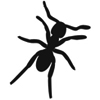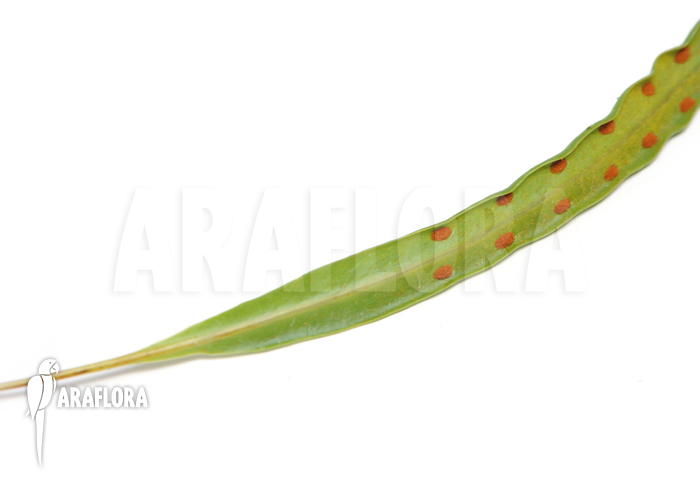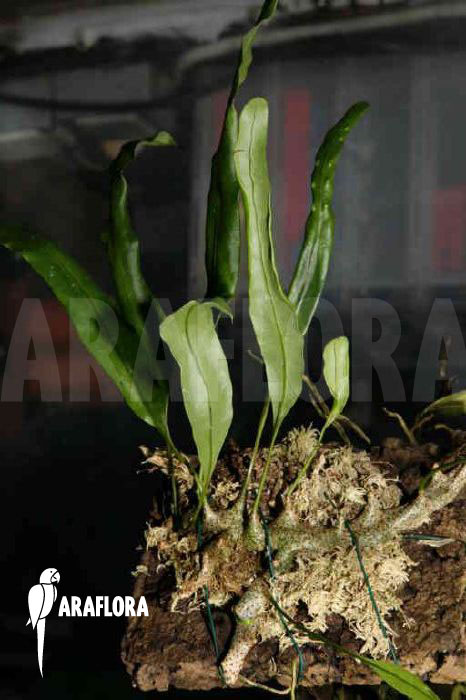Lecanopteris sinuosa - Antf9
Lecanopteris sinuosa - Antf9
Lecanopteris sinuosa is a myrmecophile, the name given to plants that associate with ants. Plants provide ants with a safe environment in which they can shelter. Ants reciprocate by bringing sources of food, such as faeces and other matter, into the plant’s rhizome from which Lecanopteris sinuosa produces good-looking, spring-shaped leaves.
Currently not in stock
€ 0,00
Keep me up to date?
Araflora will inform you as soon as the product is available again. Please fill in your e-mail address and we will let you know as soon as the product is back in stock. You will get an e-mail message when the product is available again. Unfortunately we cannot say how long this will be or what the price is likely to be.

Receive an e-mail when new stock of this plant arrives.
Share this plant? Press on one of the following icons.
In the wild, Lecanopteris sinuosa has a mutualistic relationship with ants, which makes it a myrmecophyte. In exchange for the sources of food they provide, ants can nest in the fern’s hollow rhizome. When cultivated as house plants, ant ferns grow easily without ants. Young plants have a solid rhizome without cavities. But as the plant matures, openings appear, eventually creating a hollow interior. Like other ferns, Lecanopteris sinuosa does not produce flowers. It propagates itself by means of spores formed on the undersides of its leaves. Araflora supplies a compact plant that will gradually become bigger as it reaches maturity.



Lecanopteris sinuosa prefers a high temperature and a high level of humidity. It will also flourish if growing conditions are less than ideal. The best temperature for Lecanopteris sinuosa is around 25⁰ C and certainly no lower than 10⁰ C or higher than 35⁰ C. The best level of humidity is 80%. This ant fern should be watered only when the substrate has dried out completely to prevent the rhizome from rotting. Orchid bark mix is a good growing medium. Ant ferns respond well to being fed with fertiliser from time to time. They need good air circulation and plenty of light, but should never be exposed to direct sunlight.








 10 cm
10 cm
 10 cm
10 cm












